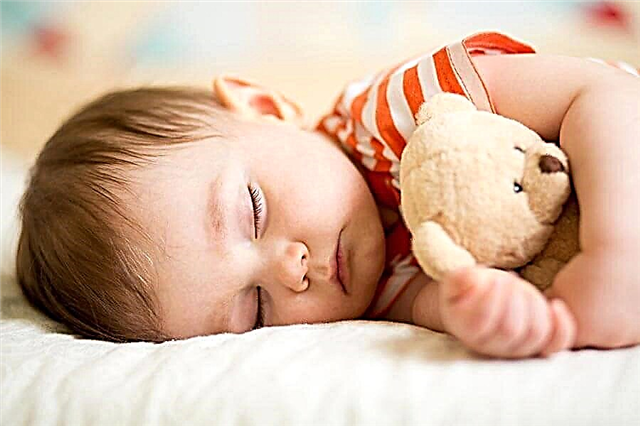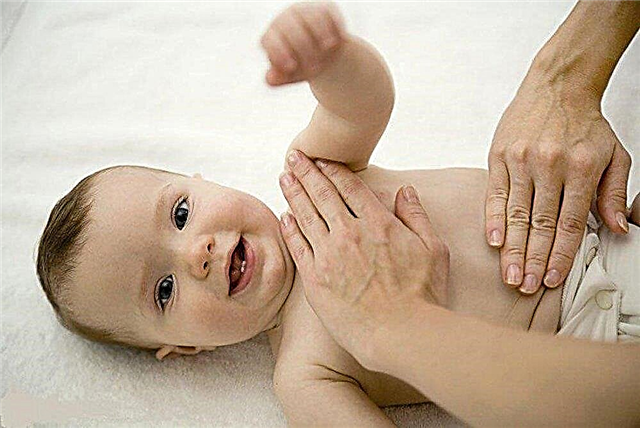Questions related to the reproductive system cover a wide range of problems. And often parents are not entirely versed in them. Mothers who have given birth to their first child, a boy, have a lot of questions in their heads that they often hesitate to ask. For example, why and when do boys have testicles? Consider this and other burning questions.
Testicles as organs of the male reproductive system
The testicles (testicles, sex glands) are the organs of the male reproductive system, the main functions of which are the formation of sperm, the production of testosterone and its derivatives.
When do boys have testicles descending?
The testicles of the fetus begin to descend even in the womb, at the 6th month of pregnancy.
This process ends before childbirth or immediately after birth.
The testicles can go down in the first year of a baby's life. In this case, the child should be monitored by a urologist.
If the testicles have not descended into the scrotum, we are talking about pathology - cryptorchidism and ectopia.
What do parents need to know about an undescended testicle? Cryptorchidism and ectopia
Descent of the testicles can be thought of as a stopover route. If the testicle is stuck on one of them, this pathology is called cryptorchidism. The pathology in which it deviates from the route is called ectopia.
Causes
From the side of the fetus:
- Genetic mutations.
- Mechanical obstacles in the course of the testicle movement - connective tissue cords of the inguinal canal, short testicular artery, short spermatic cord, narrow inguinal canal, violation of intra-abdominal pressure.
- Endocrine pathology. These are hypothalamic-pituitary disorders of the fetus, a violation of testosterone synthesis by the testicles of the fetus.
From the mother's side:
- Endocrine pathology - diabetes mellitus, thyroid function pathologies, low production of gonadotropins at the end of pregnancy.
- The use of non-steroidal anti-inflammatory drugs (NSAIDs) - Paracetamol, Aspirin, Ibuprofen at the beginning of pregnancy.
If you are planning a pregnancy or are already expecting a baby, monitor your blood glucose levels, thyroid hormone levels. Also exclude taking NSAIDs.
Signs of cryptorchidism and ectopia
- The main sign of cryptorchidism and ectopia is the absence of one or two testicles in the scrotum, which is determined by palpation. If it seems to you that the child does not have a testicle or testicles in the scrotum, perform several actions: touch the scrotum with warm hands, the testicle is defined as an elastic oval body. With this manipulation, the baby should be calm. If you can't find it, watch the baby while swimming. In warm water, the muscle that lifts the testicle (cremaster muscle) relaxes, and it descends into the scrotum.
- With unilateral cryptorchidism and ectopia, the scrotum is asymmetric, with bilateral - both halves are underdeveloped.
- In 70%, during physical exertion or palpation, the boy has a testicle pain.
These diseases can be painless. Therefore, parents and doctors should pay close attention to the presence of testicles in the scrotum in newborn boys.
Diagnostics
The main research method is palpation. For non-palpable testicles, ultrasound is used. If the testicle is absent on ultrasound, diagnostic laparoscopy is performed.
Treatment
The most effective surgical treatment of cryptorchidism. It is carried out when the child is from one to one and a half years old. Before the operation, the baby is observed by a pediatric urologist.
As a preparation before the operation, hormone therapy can be performed.
Complications
The correct development of the gonads is possible only in the scrotum. Other cases lead to various complications, including:
- violation of spermatogenesis;
- torsion of the testicle;
- traumatic orchitis (testicular inflammation);
- entrapment of the testicle;
- testicular cancer.
Violation of the spermatogenic function of the testicle occurs with prolonged cryptorchidism. It has been proven that the death of testicular tissue begins at the age of two. In patients with operated bilateral cryptorchidism, the spermatogram is often abnormal. Spermatozoa are few or many with an irregular structure, their mobility is reduced.
 Testicular torsion is more common at 1 to 3 years of age and at 10 to 15 years. The reason is excessive mobility and impaired fixation.
Testicular torsion is more common at 1 to 3 years of age and at 10 to 15 years. The reason is excessive mobility and impaired fixation.
Sometimes the testicle lies in the inguinal hernia and is infringed with it.
Traumatic orchitis with cryptorchidism develops as a result of the generic herb in newborns and is called idiopathic testicular infarction.
The above conditions have a similar clinical picture and are called "acute scrotal syndrome".
The risk of developing cancer of an undescended testicle is 20 times higher. And it does not depend on whether the treatment was carried out or not.
Patients with operated on cryptorchidism should be monitored by a urologist in adolescence and adulthood.
Prognosis for an undescended testicle
If the operation is performed on time, the prognosis is often favorable.
Pseudocryptorchidism, or vagus testicle
With pseudocryptorchidism, the scrotum is symmetrical. On palpation, the testicle easily descends to the bottom of the scrotum, but due to the strong cremasteric reflex, it returns to its original position. This condition goes away during puberty.
With pseudocryptorchidism, the functions of the boy's testicles are not impaired.
Pain in the testicles. Causes and manifestations
Testicular pain is a reason to see a doctor immediately.
Reasons why boys have testicle pain:
- torsion of the testicle;
- entrapment of the testicle in the inguinal hernia;
- traumatic orchitis;
- inflammatory orchitis.
These conditions have a similar clinical picture (signs) and are united by the term "acute scrotal syndrome".
The clinical picture includes the following symptoms:
- sharp pain in the scrotum and testicle, radiating to the groin;
- swelling of the scrotum, its hyperemia (redness) on one or both sides;
- an enlarged, hard testicle;
- fever, nausea, vomiting, pallor of the skin.
In children under one year old, fever, vomiting, loud crying, breast refusal come out on top.
Consider conditions that cause testicular pain.
About the torsion of the testicle, its infringement in the inguinal hernia is written above.
In traumatic orchitis, the severity of the lesion depends on the strength and type of injury. Allocate contusion, dislocation, rupture and separation of the testicle.
With a bruise, the pain passes after a while, bruises, hyperemia, edema are visible on the scrotum. With severe injury, vomiting, fever may occur. On examination, a hematoma (bruise) of soft tissues, hyperemia, edema, and tenderness of the scrotum are visible. The testicle is enlarged, painful.
If, after a blow, a fall, a boy complains that his testicle hurts, and bruises, hematoma, or a swollen scrotum appear in the scrotum, you should immediately contact a surgeon or urologist. With a minor injury, the pain quickly subsides, there are no visible changes.
 Inflammatory orchitis is more common in newborns, and the cause is the penetration of the infection through the umbilical vessels. In children over 10 years of age, orchitis is a complication of mumps (mumps) and occurs on the 3rd - 12th day of illness. Against the background of this disease, pain in the testicles appears in boys.
Inflammatory orchitis is more common in newborns, and the cause is the penetration of the infection through the umbilical vessels. In children over 10 years of age, orchitis is a complication of mumps (mumps) and occurs on the 3rd - 12th day of illness. Against the background of this disease, pain in the testicles appears in boys.
Torsion, testicle entrapment, rupture, testicular rupture are treated promptly.
With inflammatory orchitis, bruise and dislocation, treatment is conservative. It includes bed rest, a fixation bandage on the scrotum, antibiotic therapy, anti-inflammatory drugs, glucocorticoids.
In children who have undergone diseases associated with the syndrome of "acute scrotum", it is necessary to examine sperm during adolescence.
Conclusion
Early detection of the disease in most cases ensures successful treatment. You should also remember about disease prevention. Take good care of your baby's genitals.
 When bathing and changing clothes, name the boy's genitals correctly: testicles, scrotum, penis. It is advisable not to use colloquialisms (for example, the word "pisyun" and others).
When bathing and changing clothes, name the boy's genitals correctly: testicles, scrotum, penis. It is advisable not to use colloquialisms (for example, the word "pisyun" and others).
Teach your child to personal hygiene and be more attentive to children's complaints.



